The Arctic is warming faster than any other area of the planet.
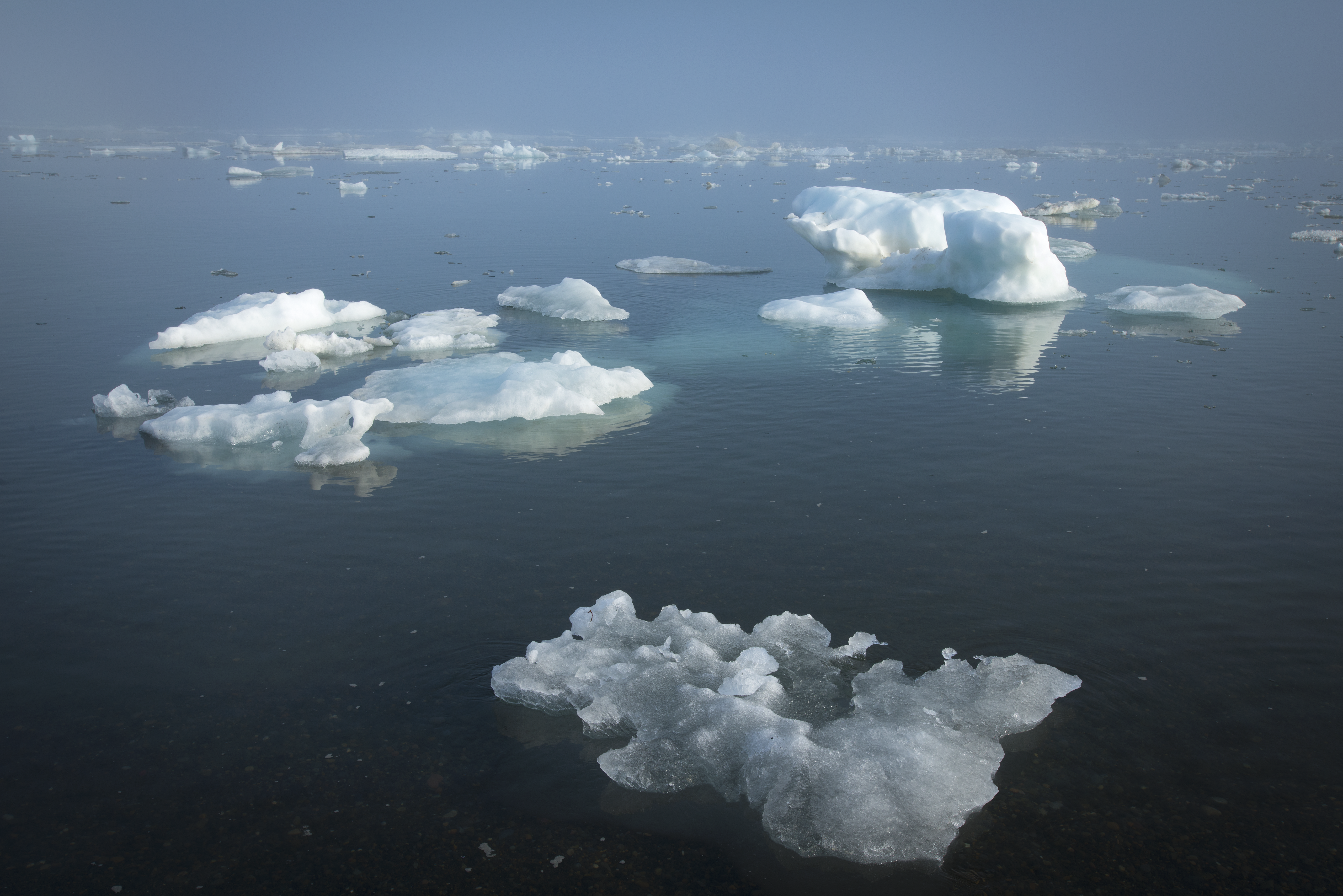
Click here to read a static version.
How environmental change affects the landscape, weather patterns and infrastructure for communities — not just here but across the world — is of keen interest to scientists studying climate change.
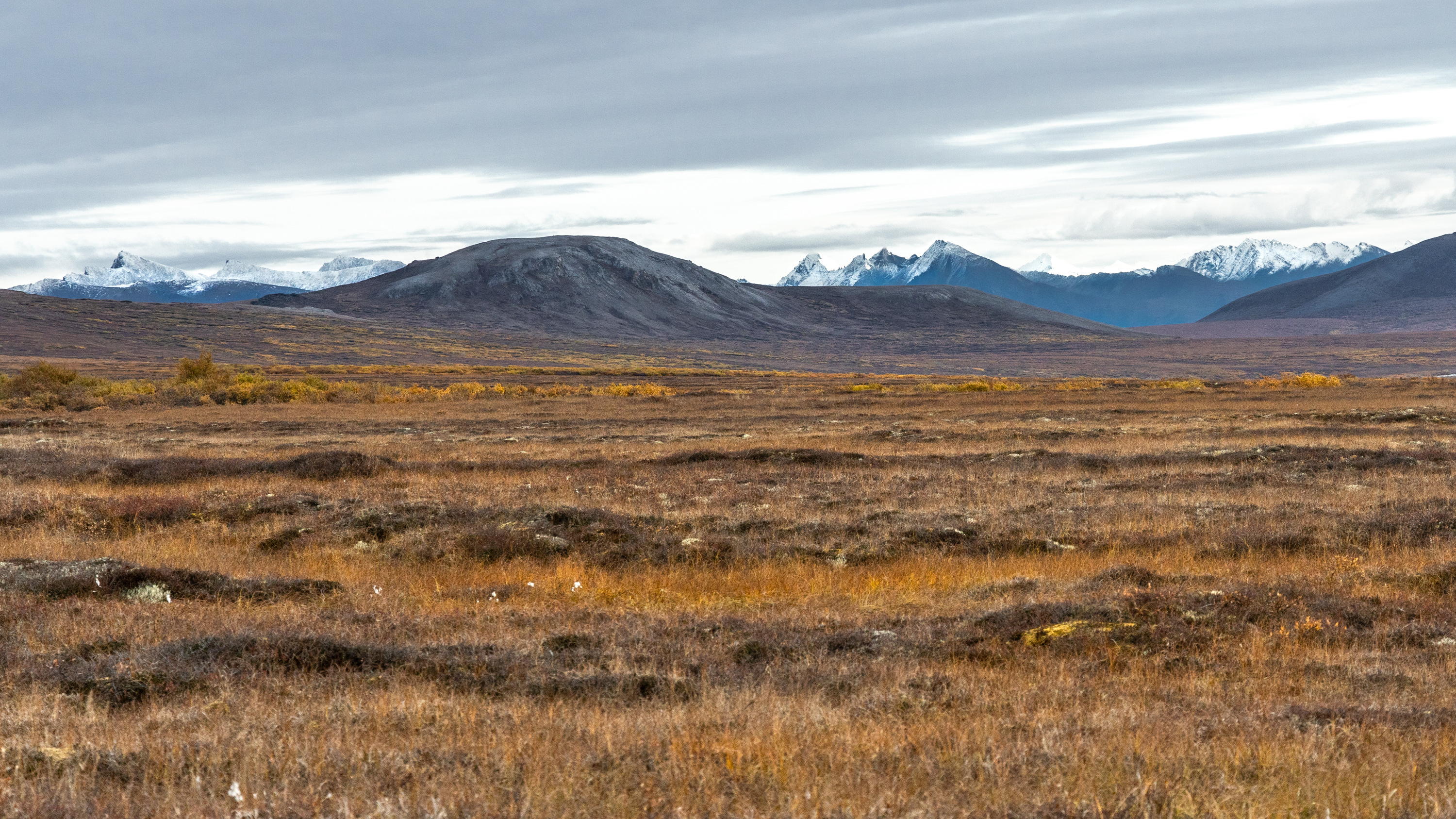
“It's particularly important for scientists to understand processes at the top of the world because what happens in the Arctic doesn’t stay in the Arctic. Greenhouse gases released from thawing permafrost, solar energy reflected from tundra greening and sea ice melting and shifts in jet streams affect the rest of the planet.”
— Colleen Iversen, Distinguished Staff Scientist and Plant-Soil Interactions Group Leader at ORNL, and Director of NGEE Arctic
Play Colleen's audio.

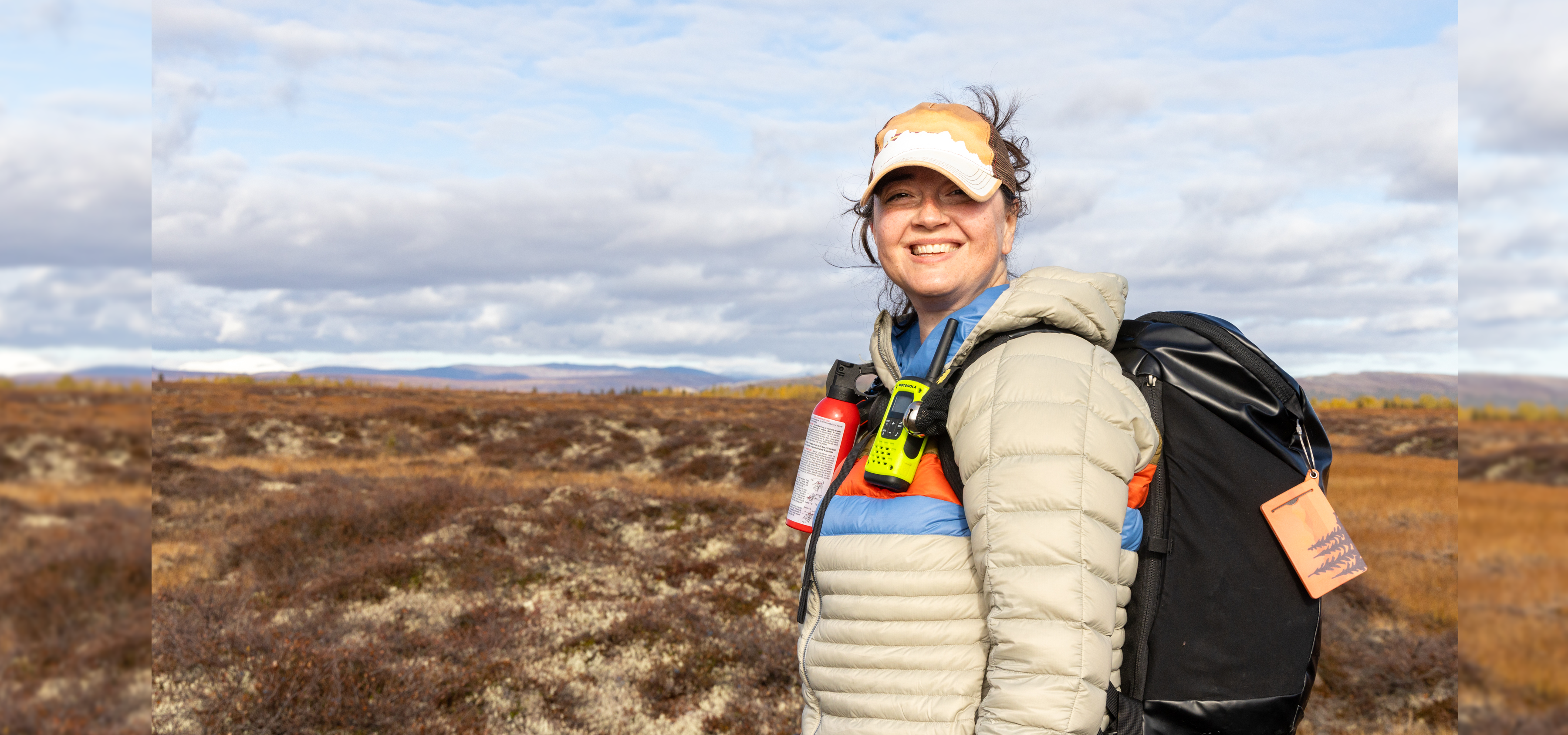
NGEE Arctic focuses on key land surface processes like the thawing of permafrost soils that were previously frozen for millennia. Thawing permafrost can trigger a range of devastating effects:
- The release of climate-warming gases to the atmosphere as microbes eat away at newly accessible organic material.
- Flooding and ground subsidence as soil ice melts, damaging roadways and buildings;
- The encroachment of new vegetation such as taller shrubs that can trap snow, insulating the ground and raising soil temperatures.
- More frequent and intense wildfires and abrupt land collapse, further damaging infrastructure and upending terrain for humans and wildlife.
These events can drastically alter and intensify feedbacks to the Arctic climate, accelerating change.
“Early in my career, I understood climate change to be one of warming, of changing precipitation, of ecosystems getting drier. And then all of the consequences that would come from that. Working in Alaska has not only strengthened that perspective, but it has sharpened it because of the fact that ecosystems like those in the Arctic tundra are simply held together by ice. There is a tipping point that comes with the freezing point of water. And when we reach that tipping point, the Arctic begins to unravel.”
— Stan Wullschleger, ORNL Corporate Fellow and Founding Director of NGEE Arctic
Play Stan's audio.

More than 150 scientists from five institutions, in collaboration with Alaska Native Corporations and scientists from across the globe, have been involved in the pursuit of real-world data and new insights about Arctic ecosystems as part of NGEE Arctic.
“We’re sort of the hub for all of the research that happens here. Being able to communicate everything else that’s going on minimizes the footprint. This is the place where relationships are formed, built and last to better research in the Arctic.”
— Bernice Oyagak with UIC Science, Member of the Ukpeaġvik Iñupiat Corporation family of companies, providing support to NGEE Arctic and other research projects in Utqiaġvik, Alaska
Play Bernice's audio.

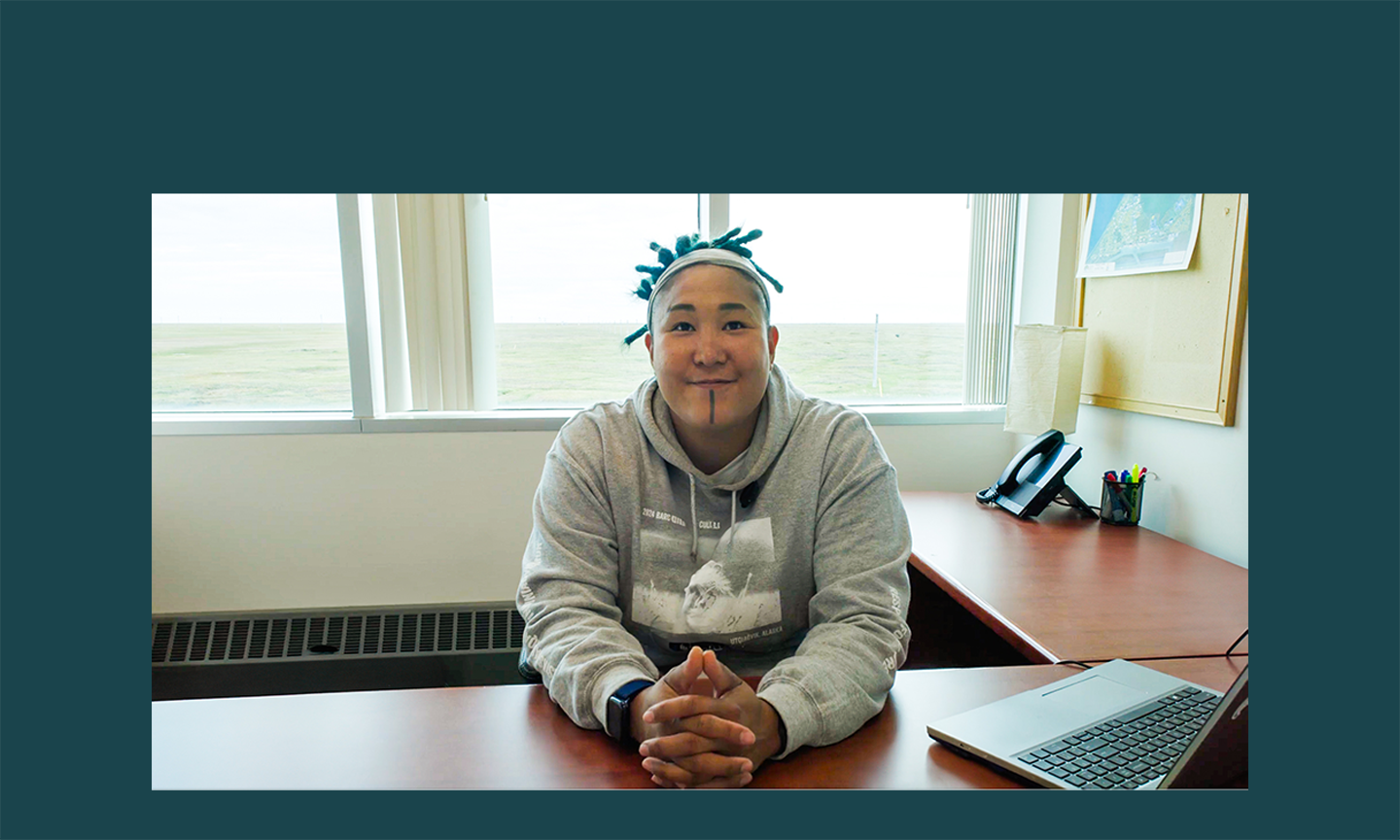

It was essential to gather local observations and data to improve global climate models — in this case, DOE’s giant Energy Exascale Earth System Model, or E3SM.
E3SM is run on powerful computing systems such as ORNL’s Frontier, the world’s first exascale supercomputer. Real-world observations by the NGEE Arctic team are translated into mathematical algorithms that can faithfully represent the Arctic tundra land surface in the virtual world of E3SM to increase the model’s predictive accuracy.
“Instead of relying on historical trends, we want to better understand how different physical, biological, and ecological components are working together today as the Arctic warms, and how those interactions — encoded into mathematical algorithms — can help us make better predictions about the future.”
— Peter Thornton, Corporate Fellow and Lead for the Earth Systems Science Section at ORNL and Member of the NGEE Arctic Leadership Team
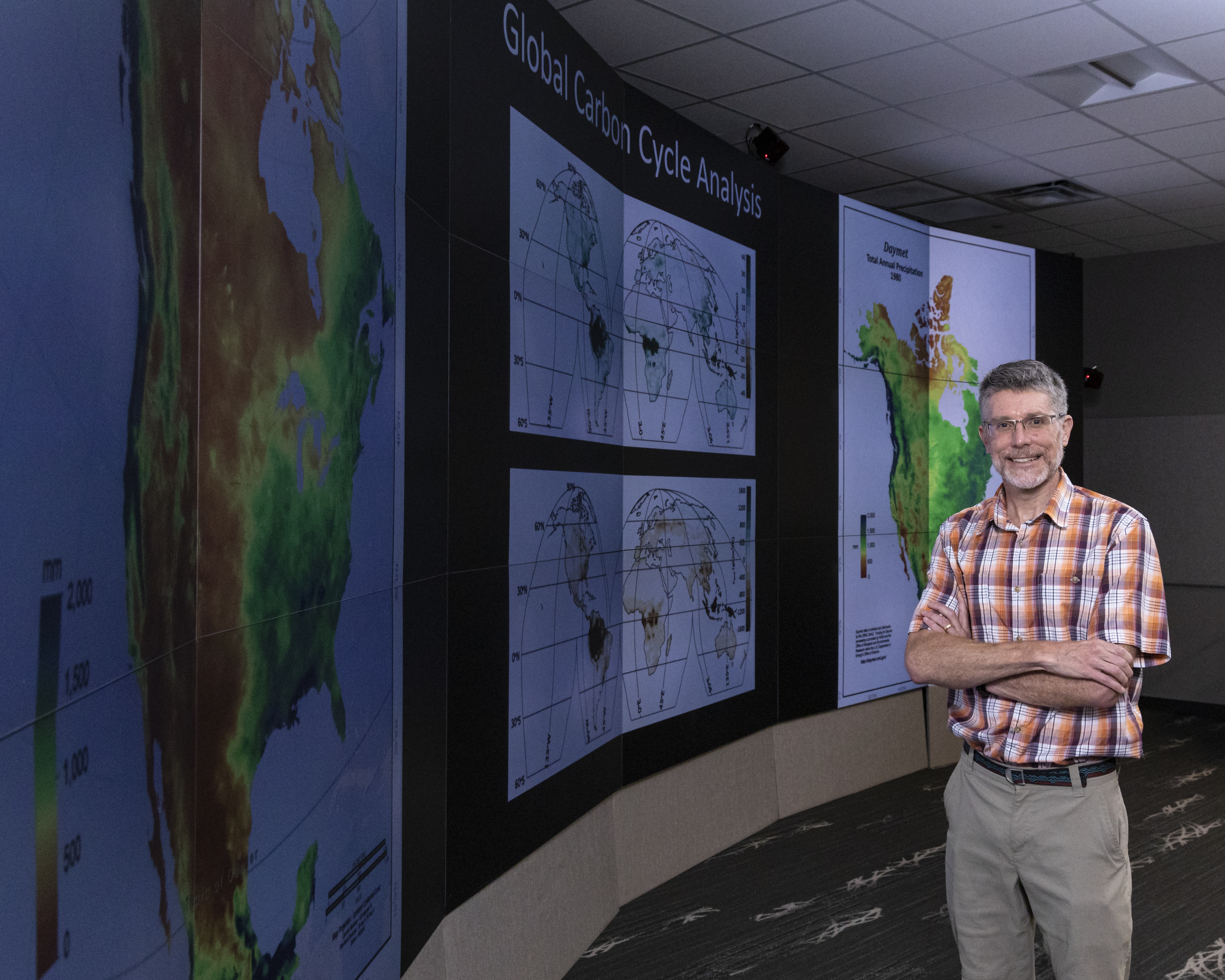
Now, the NGEE Arctic team is applying the updated model to predict environmental change in other northern nations across the pan-Arctic region.
Incorporating the differences in tundra ecosystems across the pan-Arctic will result in a first-ever Earth-scale model that comprehensively portrays change in the northernmost latitudes of the planet.
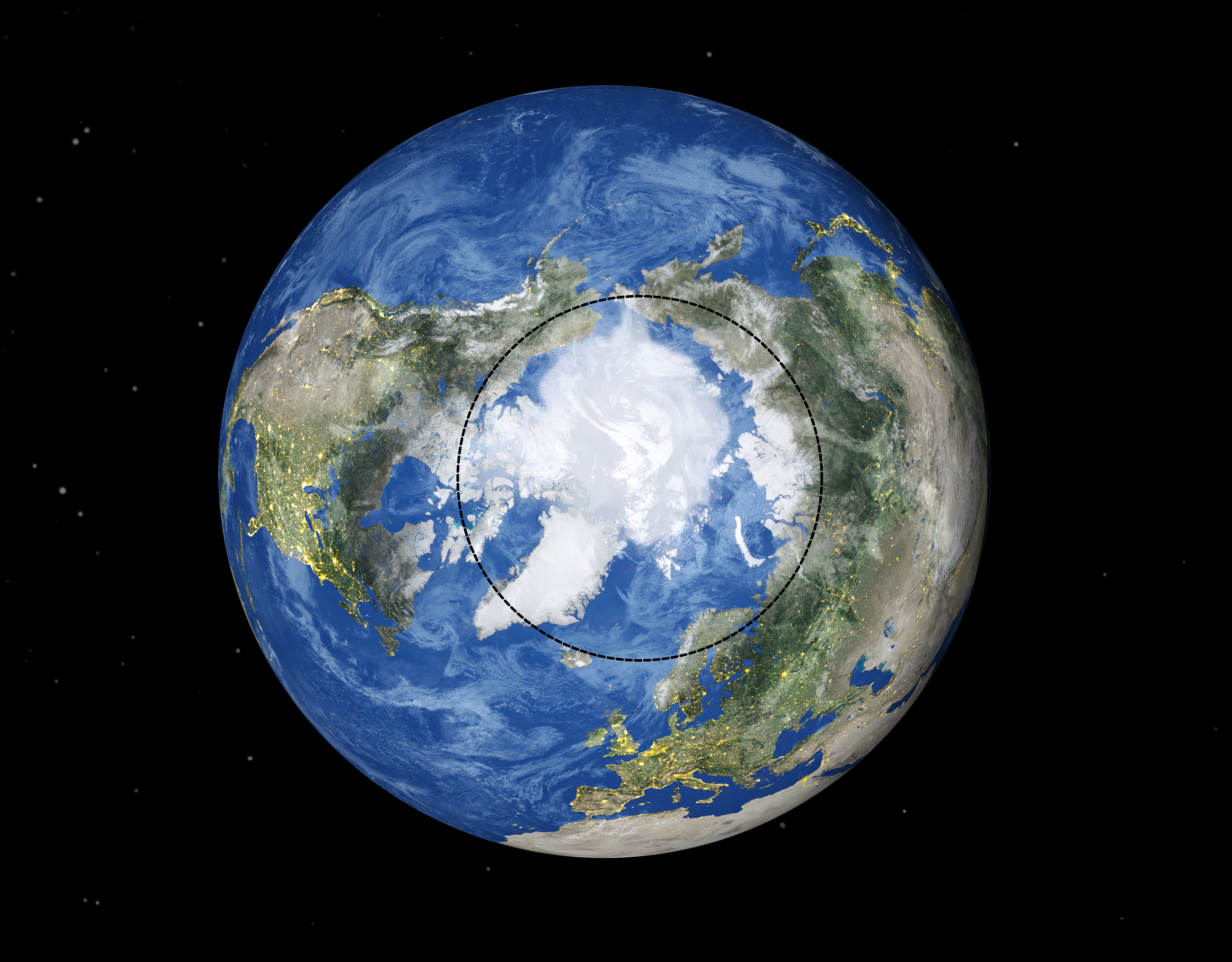
In this next phase of the project, NGEE Arctic scientists will collaborate with partners who have made observations at long-term research sites in four Arctic nations — the United States, Canada, Sweden and Norway — and will access publicly available data from the Siberian tundra.
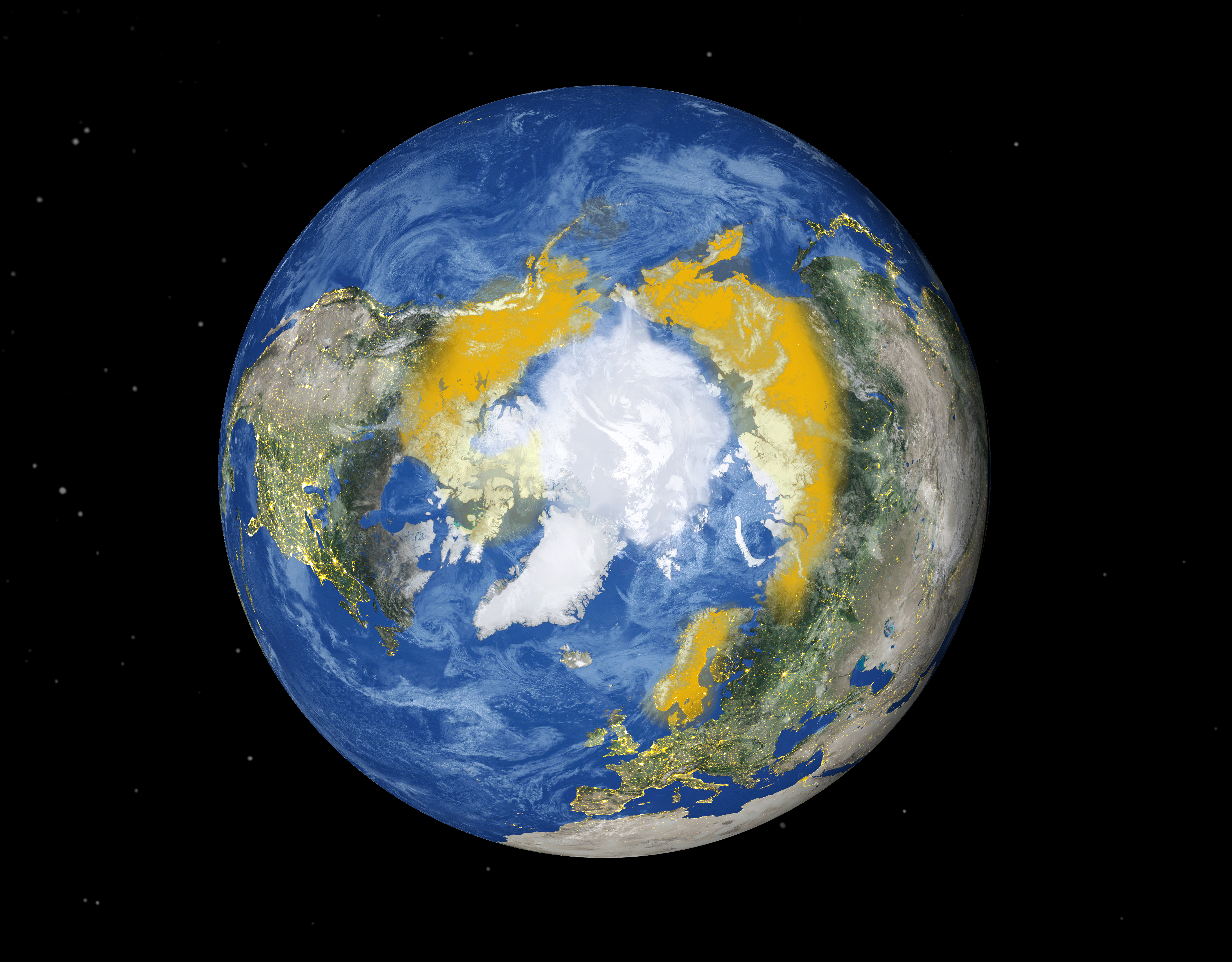
“What we plan to deliver in phase four is confidence. By taking our Arctic-informed Earth system model ‘on the road’ and confronting it with observations that extend our understanding of climate feedbacks from Arctic tundra, we can deliver confidence that we and other teams of scientists around the world can use this model to predict what’s happening at regional and pan-Arctic scales.”
— Colleen Iversen
It has been a journey of many steps to get to this point, focusing on a region at the forefront of climate change.

Here, scientists met with representatives of Alaska’s Native corporations to guide their fieldwork and to request permission to conduct science on the long-term research site at the Barrow Environmental Observatory.
Recognizing the remoteness of the work sites and the proximity of polar bears, NGEE Arctic leaders and team members together created a best practices framework focused on safety, collaboration, diversity, equity, and inclusion.
They soon set to work collecting samples from the soil, water and atmosphere, using technology from drill rigs to drones and satellites.
“It was probably the best time in my life. Doing the snow surveys in particular—they were so exciting! There was an element of working in a new frontier and working in a cold environment and a challenging environment, but collecting some really novel, big datasets that I think were super unique for the project as a whole and have contributed to the community of data around snow science that we have now.”
— Katrina Bennett, Los Alamos National Laboratory scientist and NGEE Arctic team member
Play Katrina's Audio

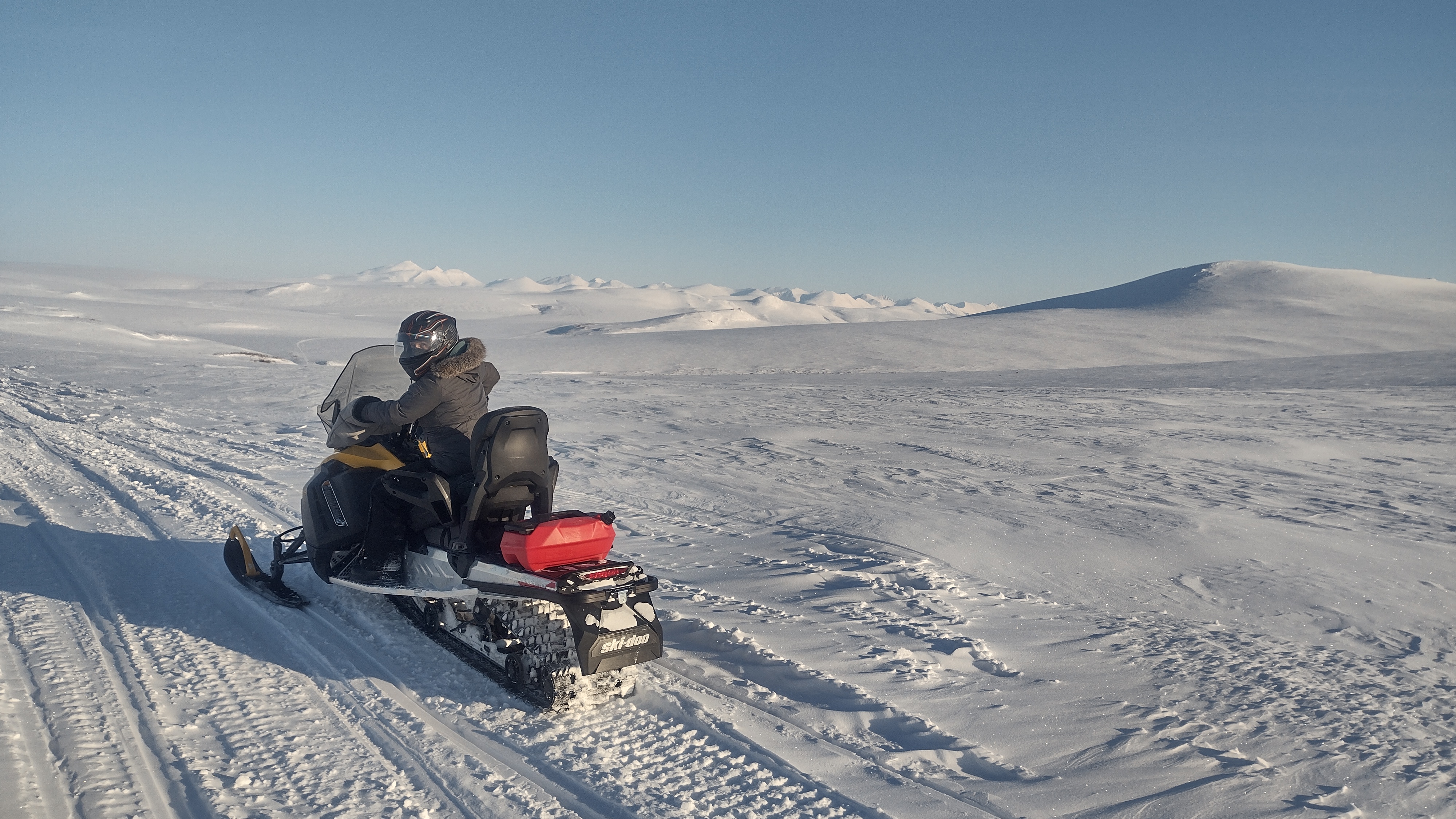

Phase 2: South to Alaska’s Seward Peninsula
In 2016, NGEE Arctic added tundra field sites about 500 miles southward on the Seward Peninsula near Nome, Alaska. This region is hilly and underlain with more varied permafrost, as some of the soils in the region have already thawed.
Phase 3: A dramatically changing landscape
A third phase launched in 2019, with scientists focused on dynamically changing landscapes, including the continuing encroachment of tall, woody shrubs and disturbances like wildfire.
The Arctic’s permafrost contains ancient vaults of carbon. More frequent wildfires triggered by a changing climate, especially repeated and more intense fires, could initiate carbon loss and potentially intensify the warming cycle. These disturbances can also spur long-term growth of new and more varied types of vegetation.
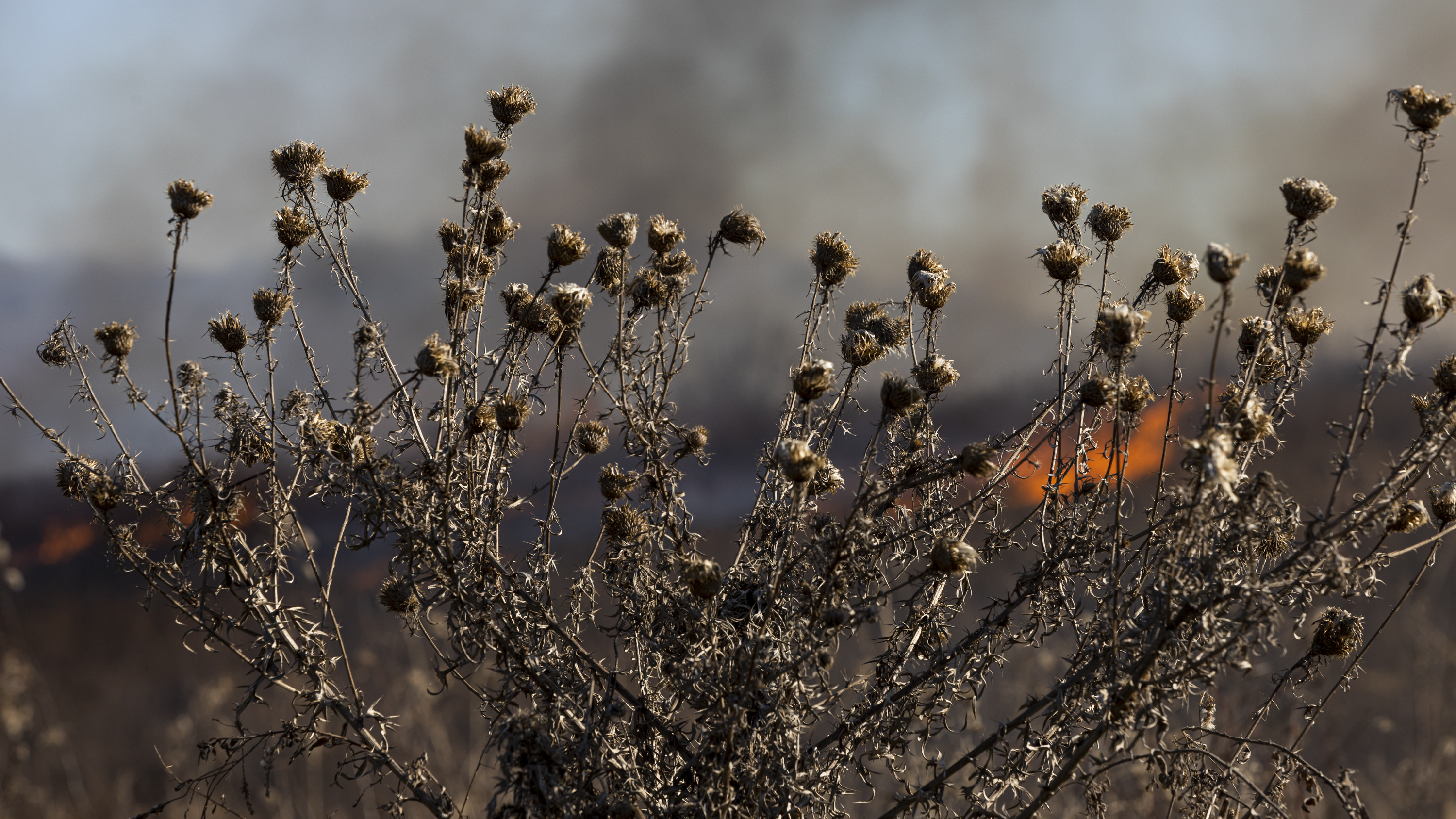
“As part of NGEE Arctic, I investigate how wildfires regulate the ability of soils to store carbon. Fire can accelerate permafrost thawing and result in the release of carbon previously locked away in soils. I examine how wildfire affects that permafrost insulating layer and triggers greenhouse gas emissions as the landscape changes and new vegetation emerges.”
— Fernanda Santos, ORNL Staff Scientist and NGEE Arctic Team Member
Play Fernanda's audio.

Scientists are developing remote sensing capabilities to capture data year-round in these distant, sensitive ecosystems.
“We’re deploying technologies like smart on-the-ground sensors and specially equipped drones to gather novel data and derive ecological understanding year-round and across scales, ranging from the larger landscape to the biome level. We then use machine learning techniques to quickly analyze that data and incorporate it into our land model.”
—Daryl Yang, ORNL Distinguished Staff Fellow and NGEE Arctic Team Member
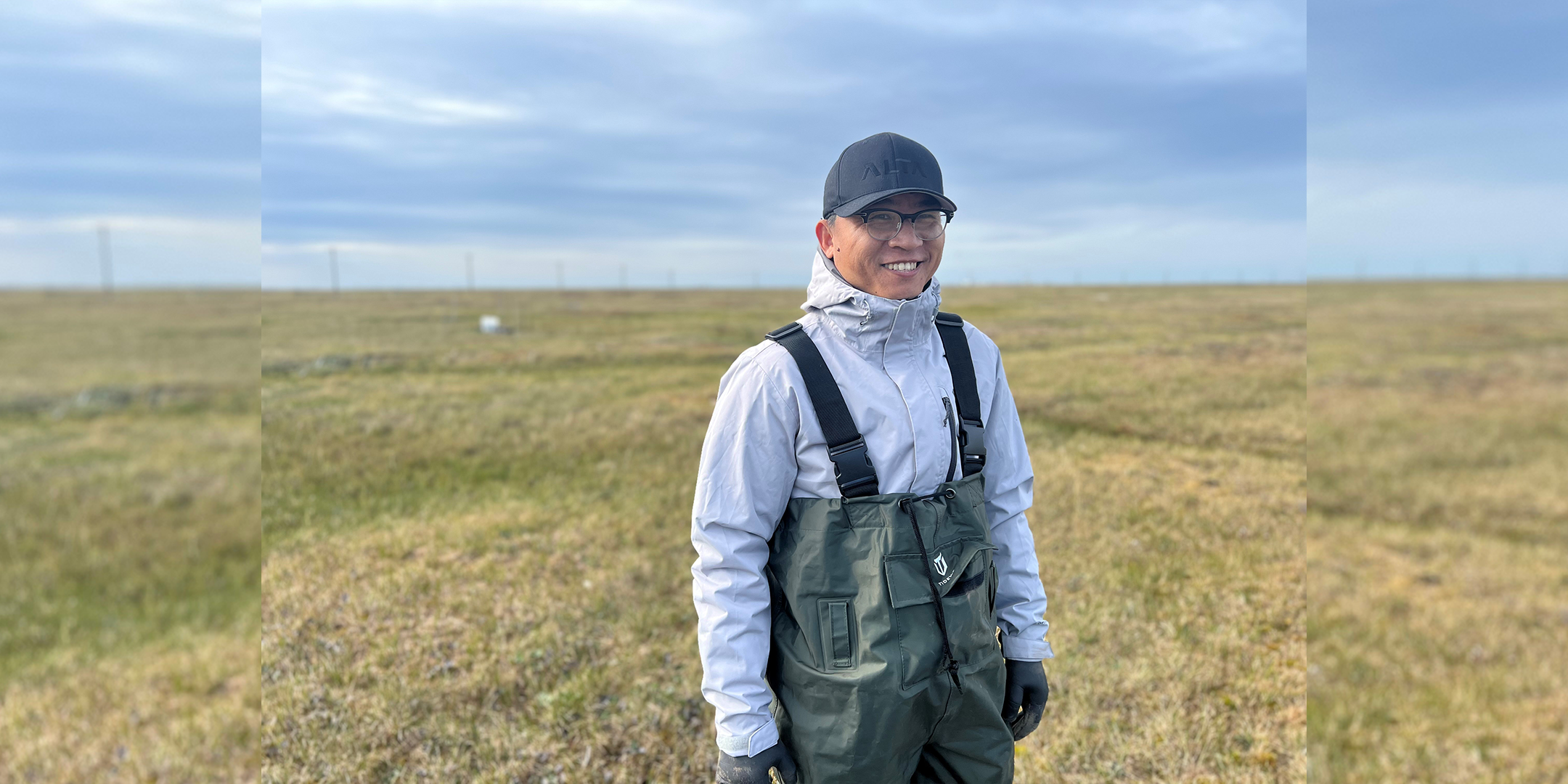
At the end of Phase 3, NGEE Arctic is delivering six new modules to the E3SM model. These modules focus on different aspects of the virtual tundra land surface to improve representations of permafrost and hydrology, tundra plants, microbes and landscapes — all based on Alaska observations.
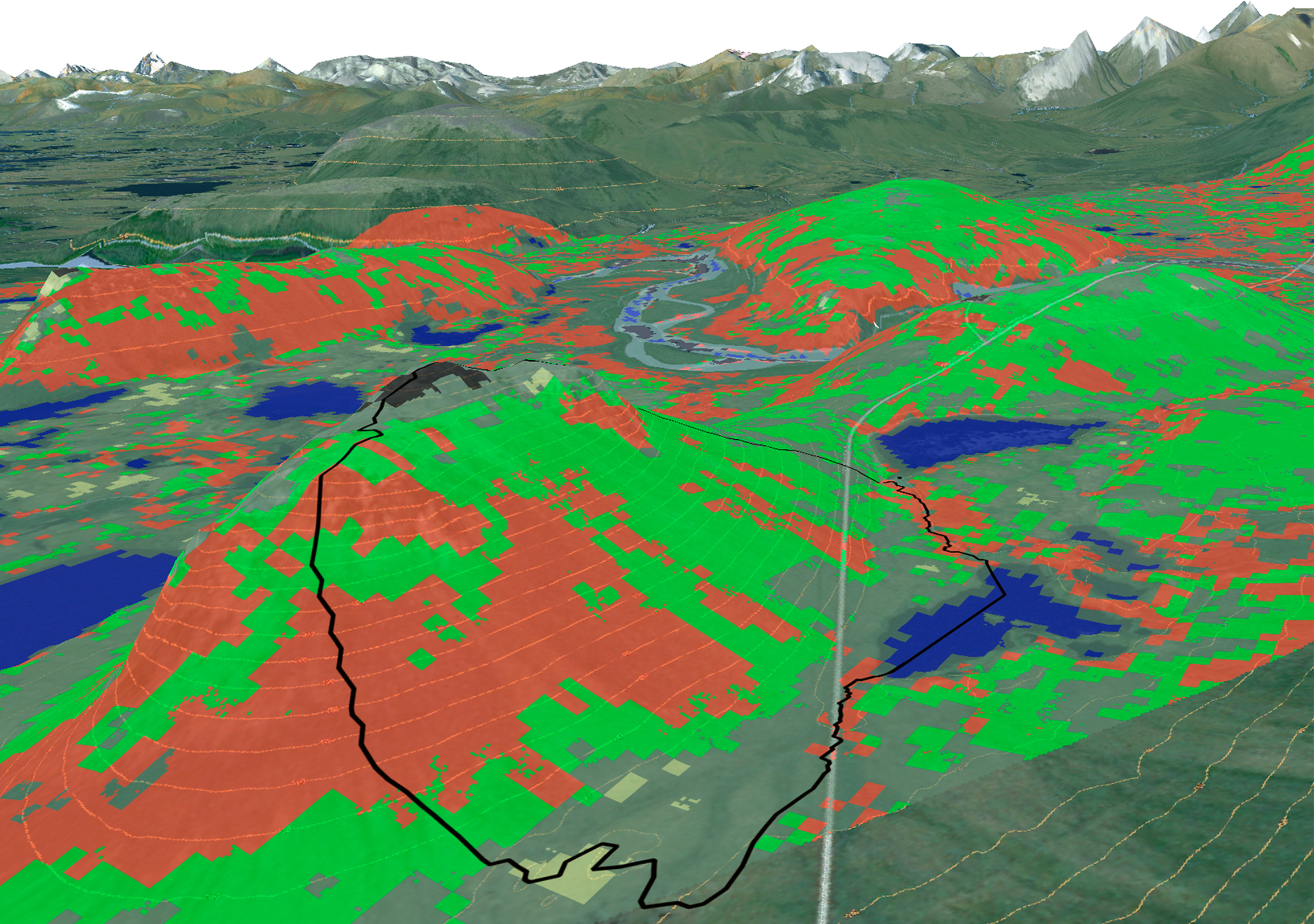
“I think working across the labs has been really incredible. I think it’s kind of rare to be able to do that in the lab complexes — and do it well. This project has done just an incredible job with collaborations and coming together as a team to work and try to solve some of these problems.”
— Katrina Bennett
Play Katrina's audio.

Phase 4: A pan-Arctic perspective
In a phase launching in the fall of 2024, NGEE Arctic scientists will confront their Alaska-informed model with long-term observations from tundra ecosystems in other Arctic nations.
Incorporating data from different tundra systems across the pan-Arctic will result in a more accurate, comprehensive global model of the Arctic, better representing the unique characteristics of the world’s circumpolar land systems.

Watch the video at https://youtu.be/DEOl0i7o8AQ

Read the full story at https://bit.ly/3EuH0DT

Read the full story at https://bit.ly/4gtxIcv

Listed to the podcast episode at https://www.youtube.com/watch?v=Ftnv_yKdeLA

Ready the full story at https://bit.ly/3ZpIF8X


